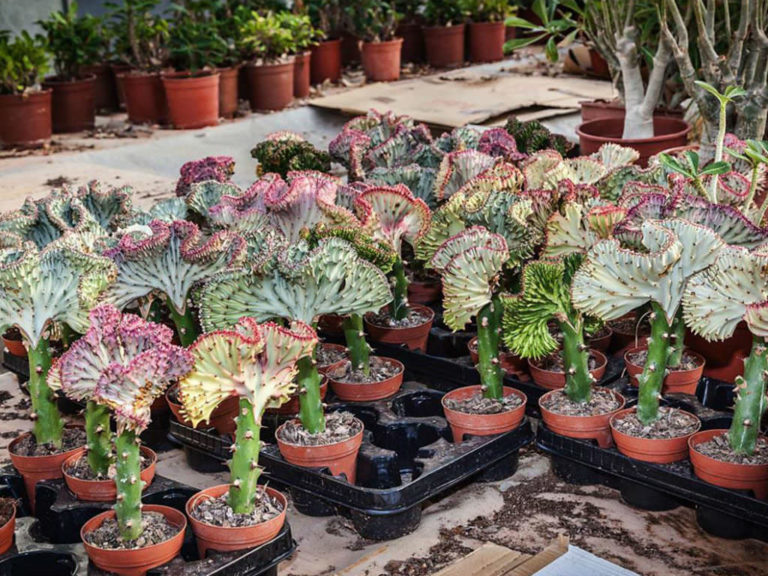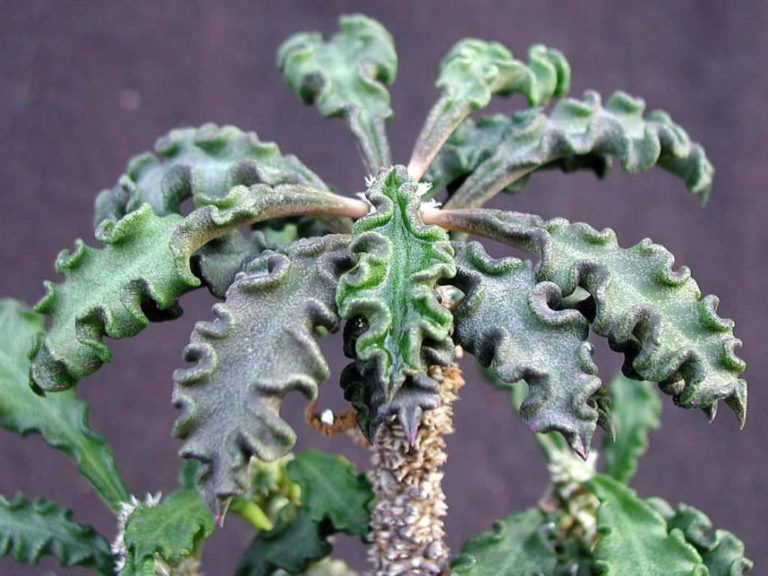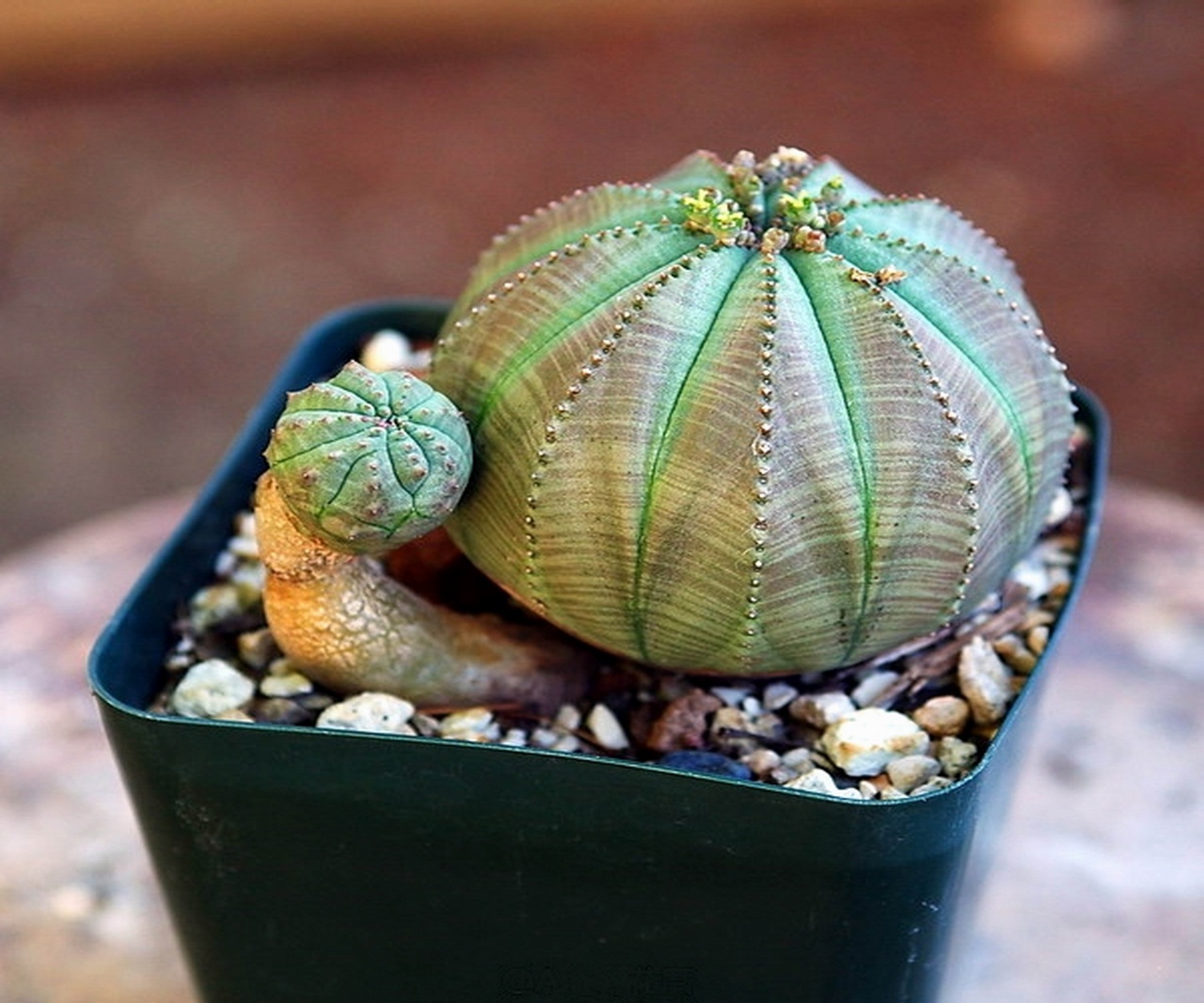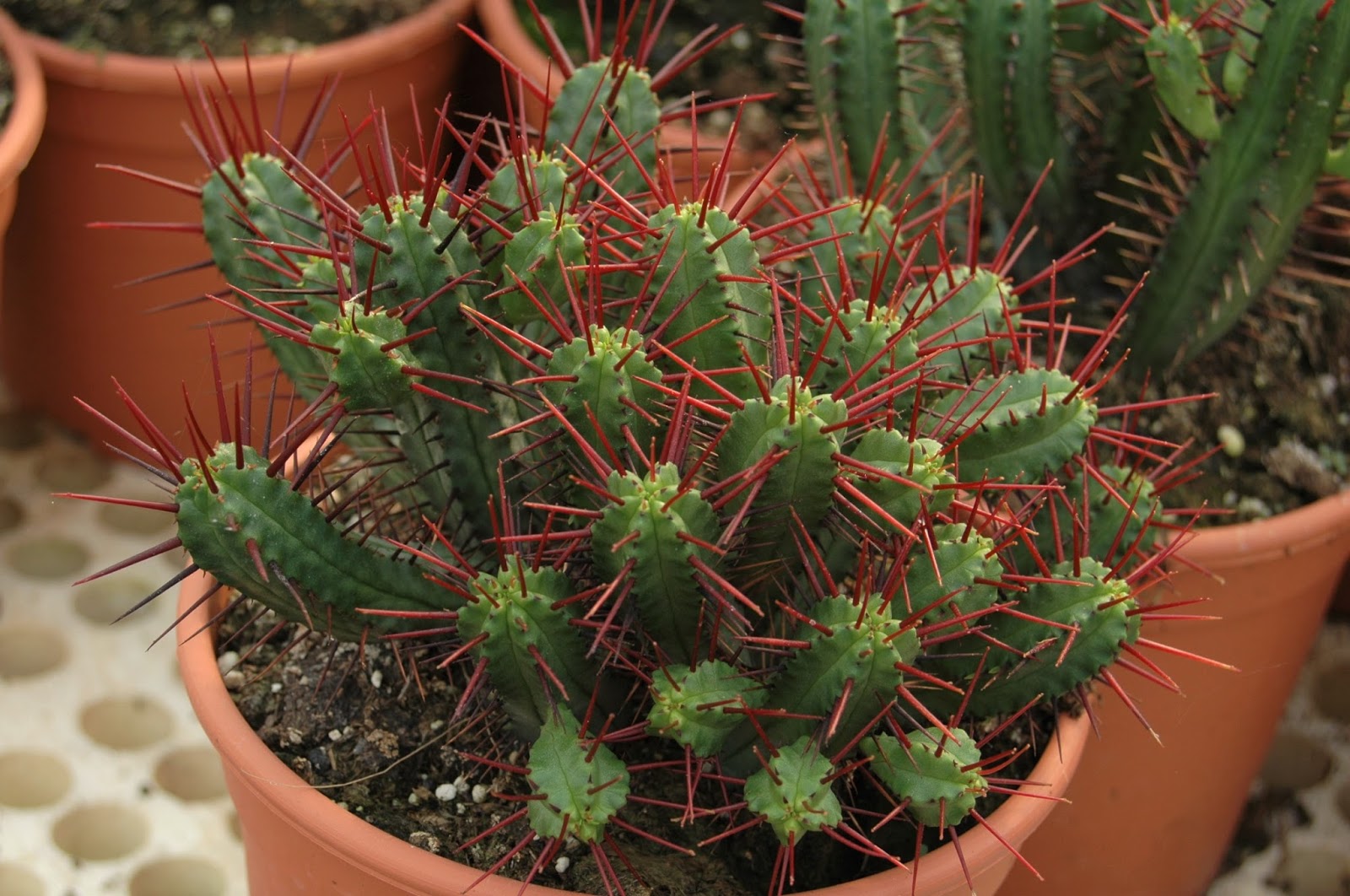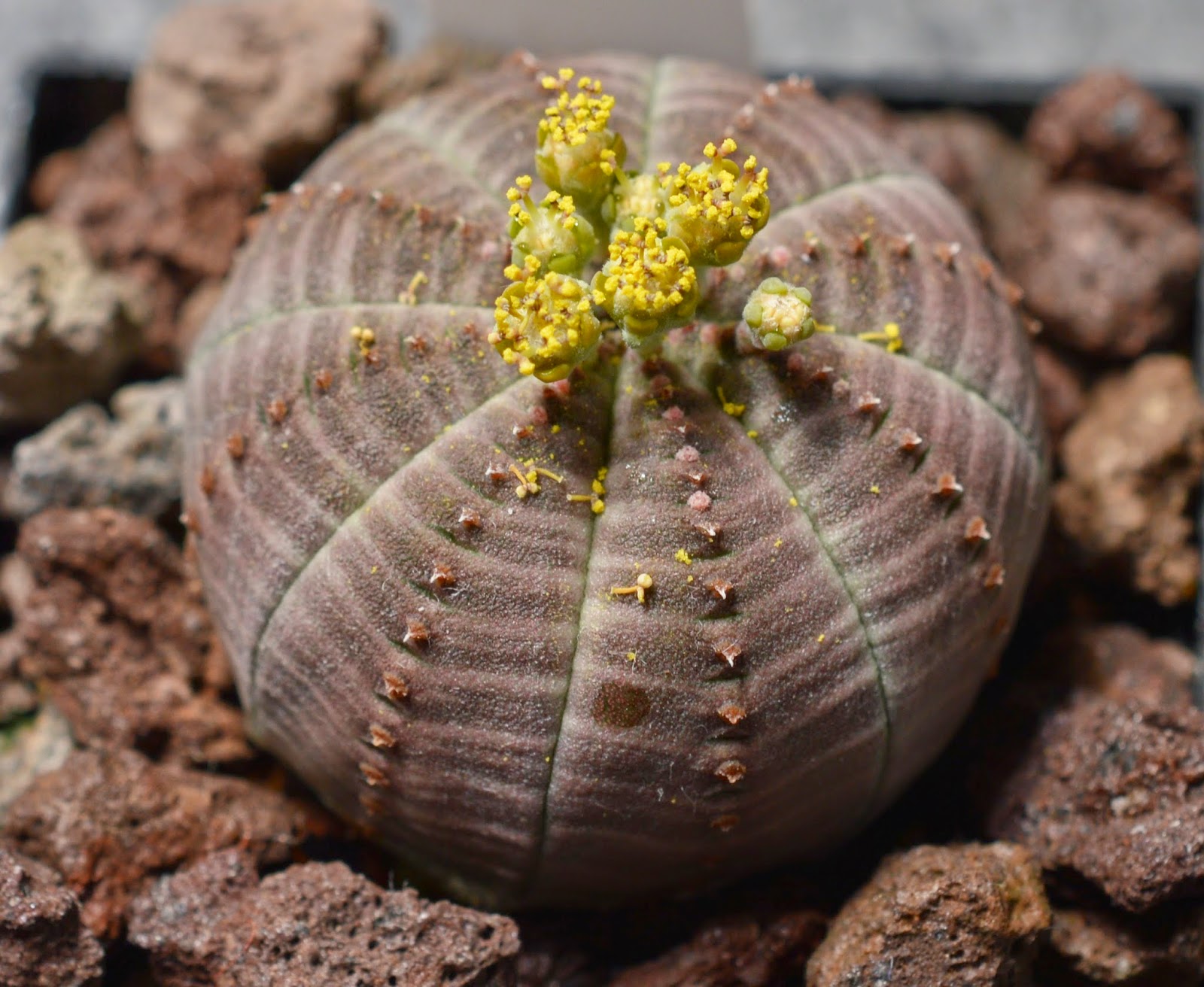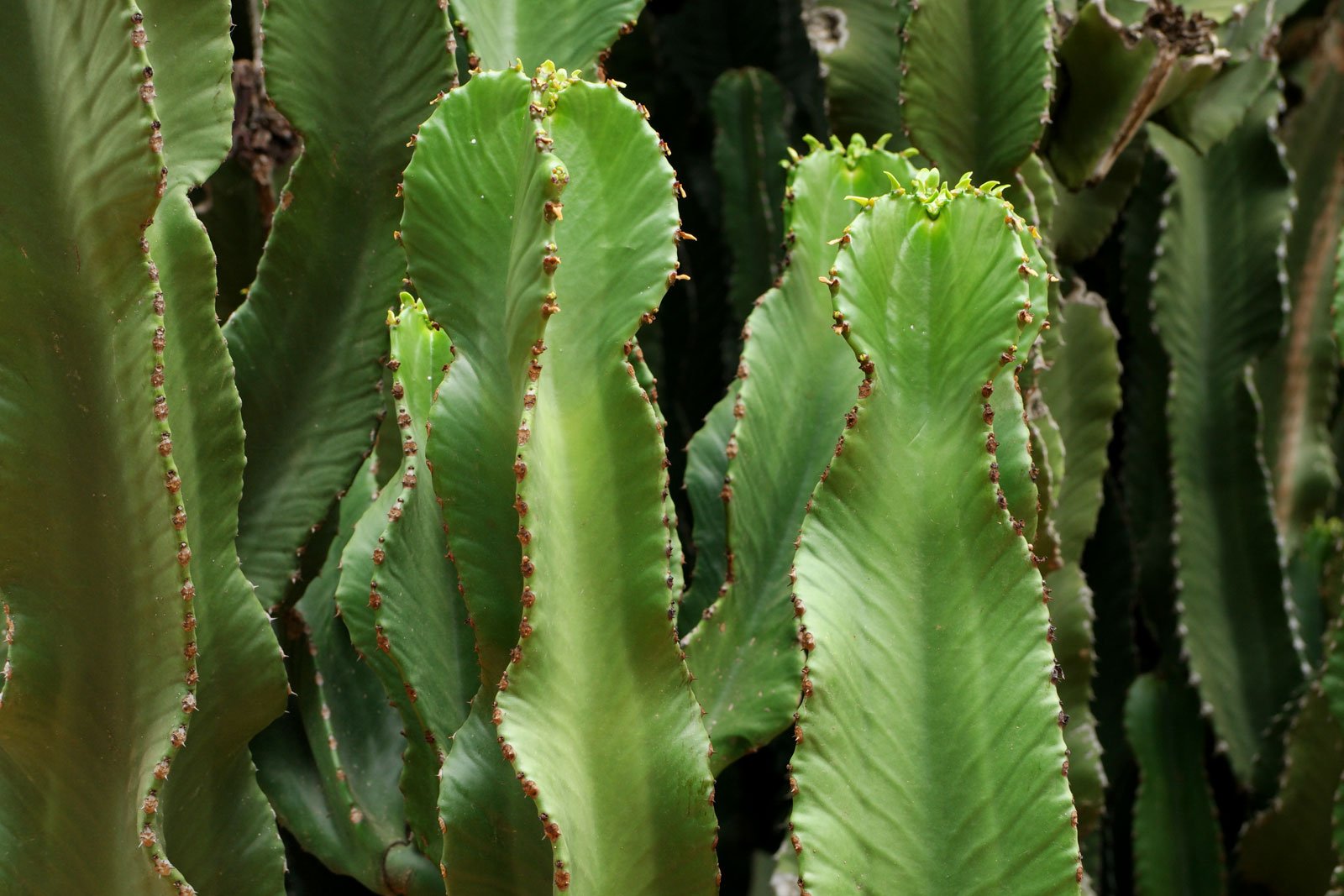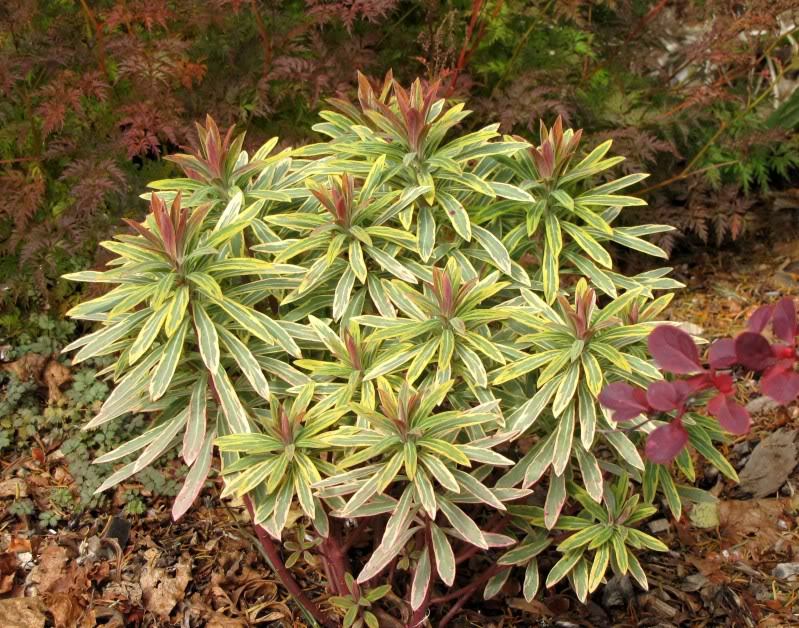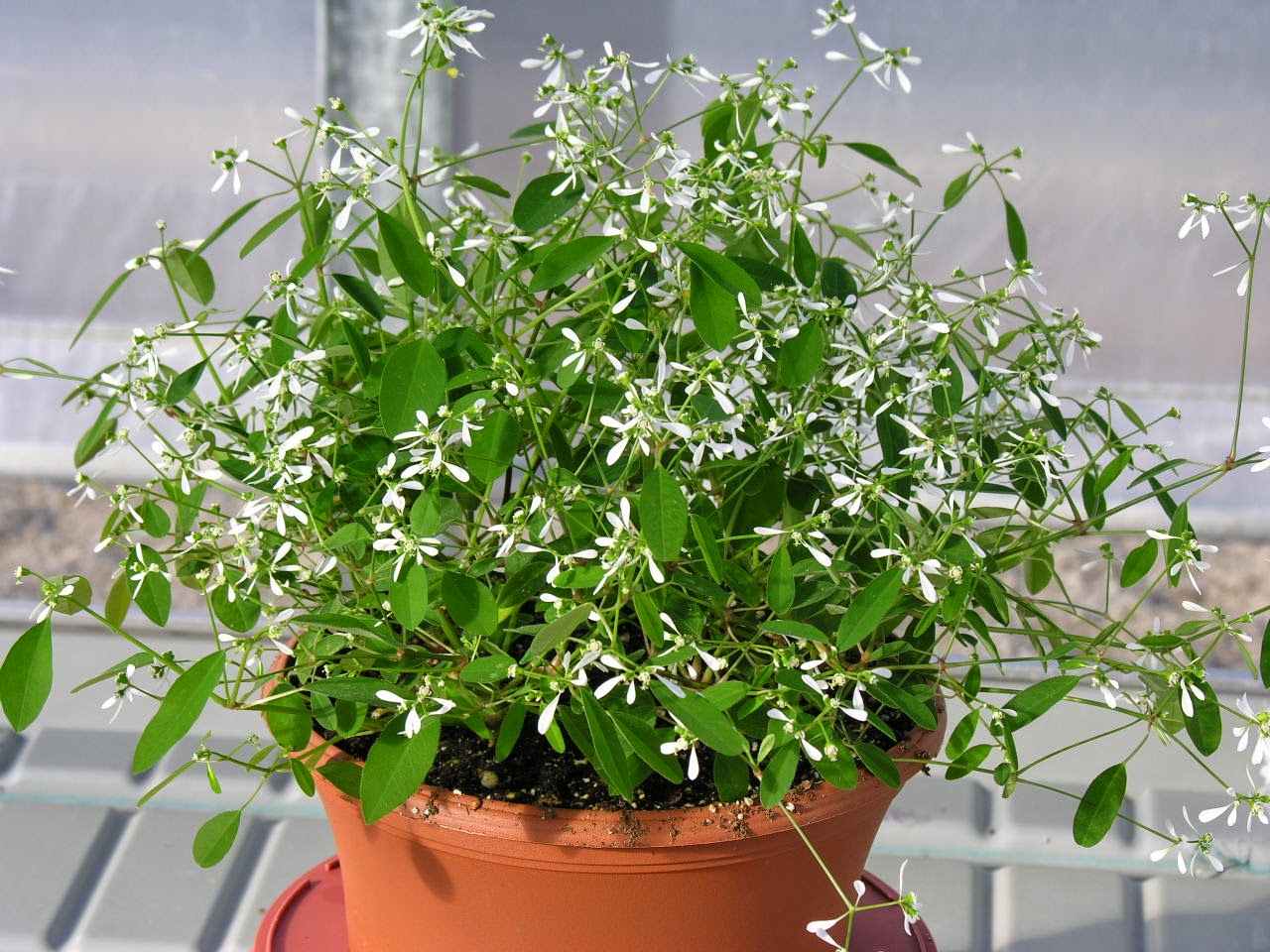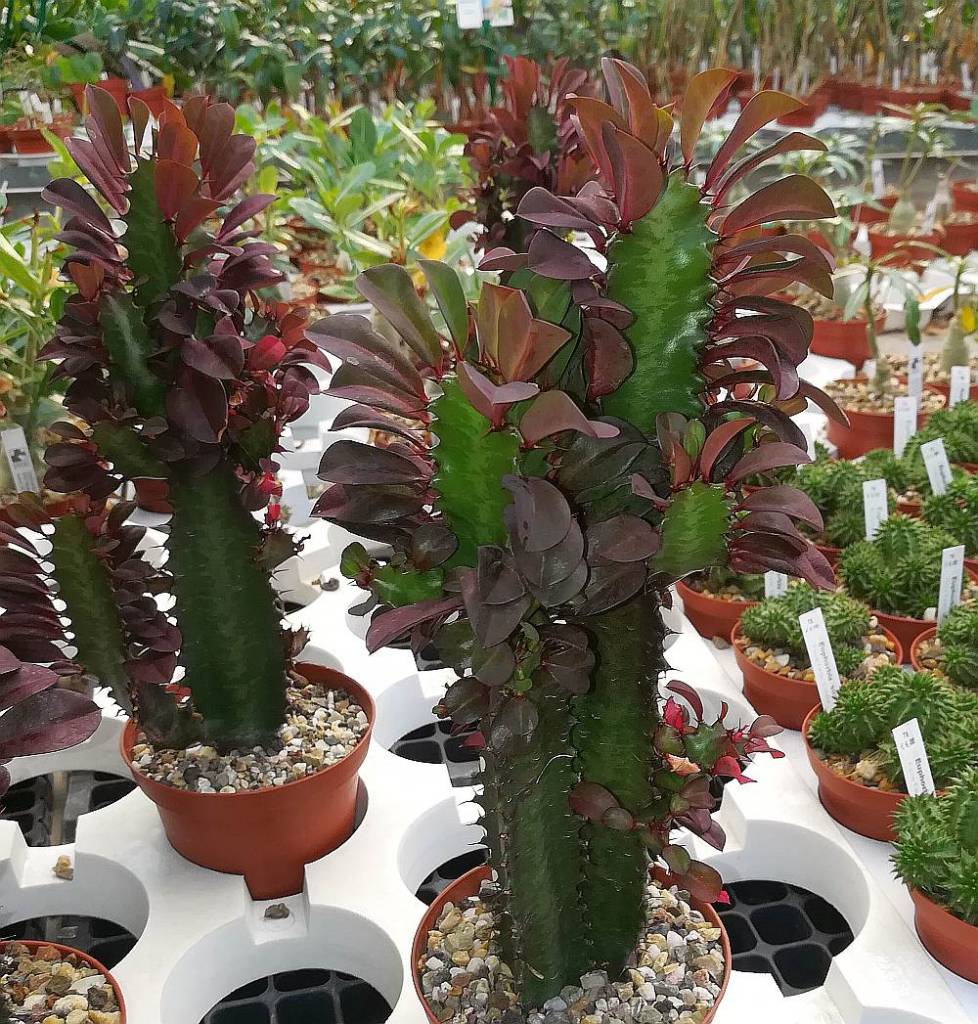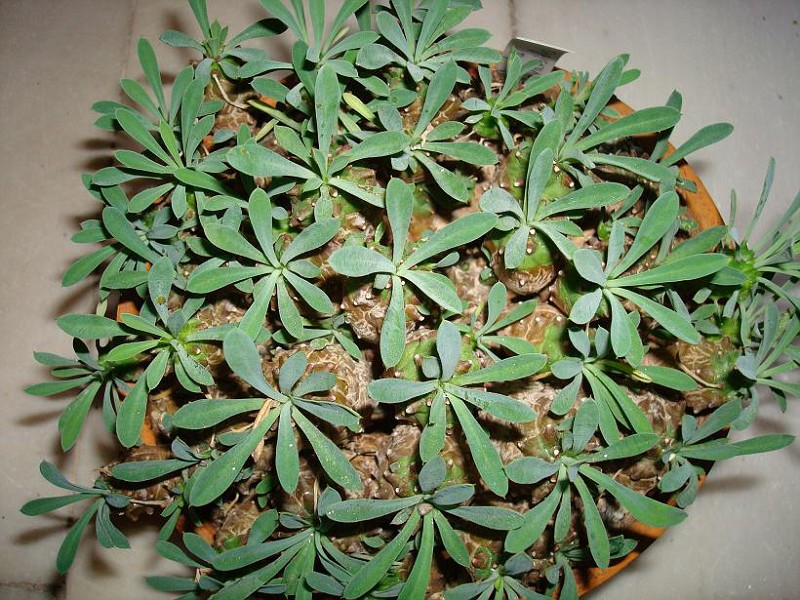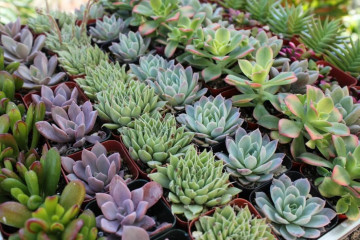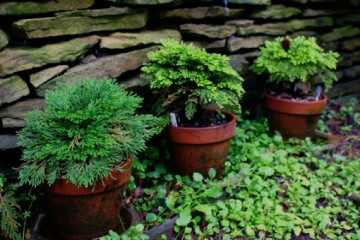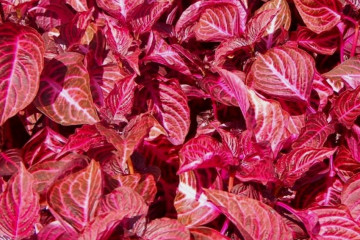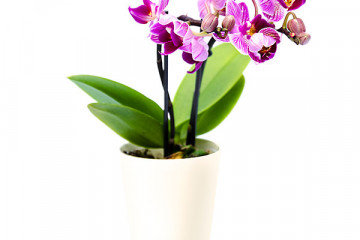Euphorbia flower: basic types and home care
Content:
Another, more common synonym, Euphorbia, has a beautiful name for euphorbia. Various sources indicate that 800 to 2000 species belong to this genus. In garden culture, annual and perennial grasses, as well as shrubs are cultivated.
Common types of euphorbia flower
The principle of selecting plants for growing in a garden or pot culture is ease of care, as well as adaptability to the climatic zones of the country. Among the many varieties of milkweed - a typical inhabitant of the subtropics - there are many beautiful representatives for every home. Euphorbia home care requires the simplest, for which it is loved by flower growers.
Euphorbia Christata
It is a representative of a more extensive species - Euphorbia Lactea F. Cristata. Homeland - Asian tropics. It is prone to mutations and the appearance of rudiments, so the appearance is quite variable. Almost always on sale it is presented in the form of a scion on other succulents.
In total, there are two varieties of euphorbia Cristata: ordinary, which can live in a pot by itself, and chlorophyll-free (Cristata F. Variegata) - it requires a graft. It is rather difficult to describe the shape of the plant, since it is always very bizarre and sometimes changes greatly under the influence of the scion. Most often it resembles a scallop or coral. A viable euphorbia of a ribbed columnar shape with a height of about 5 cm or a little more usually acts as an admission. Flowering is possible, but extremely rare.
Euphorbia Marginata
Popular names are spurge-edged and mountain snow. Poisonous annual with straight, densely leafed stems 60-80 cm high. Oval leaf and shoots of a silvery-green hue. By the time of flowering, a white border appears along the edge of the leaves. By the beginning of summer, small white nondescript flowers bloom. The plant is valued for its beautiful crown, which contrasts favorably with other plants.
A very unpretentious plant is grown in gardens on flower beds and on window sills. The optimum temperature is 22-24 ° C. Prefers loose, nutrient-rich soil with low acidity. Accepts pinching and pruning well, expelling new side shoots. This euphorbia is propagated by seeds and cuttings.
Euphorbia Decari
A low-growing succulent with beautiful wavy leaves with a zigzag edge, native to Africa and Madagascar. It captures new territories, spreading with the help of creeping roots, partially protruding above the ground surface. A thick, juicy stem is formed spirally; it has a leafy rosette at the crown. The leaf is green, but can take on a reddish color. The inflorescences look like beige bells.
This species is grown mainly as an ornamental pot culture. Undemanding to care for, grows rather slowly. Prefers dim, dim lighting. In summer, the optimum temperature is 25 ° C, and in winter, about 15 ° C. Easily spread by seed, can be grafted.
The various popular types of milkweed are so different from each other that sometimes, in addition to the ability to secrete milky juice, it is difficult to see other common signs.
Euphorbia Obesa
The second name is fat spurge. A small perennial euphorbia that looks very similar to a cactus. The shape of the stem is spherical, green-brown in color with eight pronounced segments. There are stripes of red-brown or pale purple, located across. It has no thorns and leaves, and if the rudimentary leaves do grow back, they quickly wither and fall off, leaving behind bumps on the ribs. At the top of the head, it can grow bizarre-looking spheres-twigs. It can be extended up to 30 cm in height and up to 10 cm in diameter, acquiring an elliptical shape.
Euphorbia Enopla
Perennial dioecious shrub succulent native to South Africa. The crown of this euphorbia branches strongly from the base, reaching a height of no more than 1 m. thorns, which gives the plant an elegant look. May have tiny rudimentary leaves. Tiny, petal-free, green-yellow inflorescences with thin legs at the tip of the shoots are male and female. After ripening, the fruit takes the form of a ball with seeds inside. Feels great on windowsills, but needs a dry, light and cool wintering (temperature 4 ° C).
Euphorbia Gabizan
An interesting and rather rare succulent plant grown only in pots. A young stem, stretching up to 30 cm in height, looks like a green pineapple with a similar tuft of long flat green leaves rounded at the ends. "Bumps" on its surface are devoid of thorns. As it ages, the trunk turns brown and woody. Propagated by shoots growing on the main trunk, or by seed.
Euphorbia Ingens
The dioecious euphorbia is better known as the euphorbia great or similar, a true legend of the savannah. “Ingens” is Latin for “huge”. Depending on the conditions of detention, it is able to stretch in height from 15 cm to 2 m or even more, taking the form of a spreading tree or bush. 5-ribbed cylindrical shoots extend from the trunk, giving the crown a shape similar to a candelabrum.
It is ubiquitous in all arid and semi-desert areas of Africa. It can grow on rocky formations and do without water for a long time. Shoots along the ribs have thorns and small leaves, which dry out and fall off over time. Shoots grow spontaneously from the buds on the ribs. Pinching the tops only stimulates this process. It blooms with petalless tiny yellow flowers, typical of euphorbia, with a pleasant aroma. With age, the central trunk becomes woody. Milky sap is highly toxic and can cause severe burns if it gets into the eyes.
Euphorbia Martini
Ornamental perennial grown in gardens. Resistant to drought and first autumn frosts. It can be up to 50 cm high. The elongated leaves combine shades of green, light green, silver, yellow and even pink.
Euphorbia Diamond Frost
The name "diamond frost" was not given to this euphorbia by accident. It is a hybrid of Euphorbia Hypericifolia.On sale in 2004. A lush bush of thin green shoots looks great in hanging pots. Blooms continuously from spring to autumn with small white flowers. Prefers good lighting and regular watering, but tolerates drought well. It independently takes the form of a lush rounded bush, but if desired, it can be formed as you like. The plant is kept at temperatures between 5 ° C and 25 ° C. Easily propagated by dividing the bush and cuttings.
Euphorbia Akrurensis
It also has other names - Abyssinian (Acrurensis), Eretrian (Erythraeae). Perennial tree succulent native to Africa. Outwardly, it resembles Ingens' euphorbia, but its ribs (from 4 to 8) are flatter and wider, wavy in shape with pronounced transverse veins. It grows on dry and stony soils, as well as in rocks. Occurs 4.5-9 m in height. Numerous paired sharp spines on the ribs. If the weather is warm and humid, it is covered with delicate green foliage. In Russia, it is cultivated as a pot culture.
Euphorbia Trigon
Triangular or triangular euphorbia, taking the form of a tree or shrub. The main trunk can be up to 6 cm in diameter. Dissected branches up to 20 cm in length. The color is dark green with whitish streaks. Old plants and bases become woody. The spines on the ribs are reddish-brown, firm, with the tips bent down. Fleshy leaves up to 5 cm long are green and red. It grows very quickly in pots and is very unpretentious, both to the composition of the soil and to lighting.
Euphorbia Japonica
May be commercially available under the name Euphorbia cv. Cocklebur, being a hybrid of two euphorbia - Euphorbia Susannae and Bupleurifolia. The thick root merges into the ground caudex. It is very similar in appearance to pineapple, like euphorbia Gabisan, but with an initially brown stem, and the crest of long leaves is green with lighter spots or stains. It grows very slowly. The optimum temperature is 20-24 ° C, does not tolerate waterlogging. Feels good in diffused lighting. Propagated by apical cuttings.
Euphorbia flower: home care
Having started any of the milkweed at home, you will not have to pay much attention to them. Most will calmly endure even several months of complete oblivion, especially adult plants. Pests rarely hit it, because the juice is poisonous.
Lighting
The brighter the sun, the more colorful the milkweed gets. But in general, diffused bright lighting is quite suitable for them. It is not at all necessary to place containers or pots on windowsills. Any free area near the windows will suit them.
Temperature
All year round, they can be left in the same place at an even temperature in the range of 20-24 ° C. They will tolerate a decrease to 15 ° C and an increase even to 34 ° C without noticeable damage to their appearance. The main thing is to avoid waterlogging of the soil in case of temperature changes, as this greatly undermines the immunity of the succulent. Most species require a cool hibernation to stimulate flowering. The regime needs to be clarified, since some species can withstand a decrease to 5 ° C, while others can die already at 10 ° C.
Soil and watering euphorbia
If we compare euphorbia with other succulents, cacti, then there are no fundamental differences in the choice of soil for them. The soil should be poor in nutrients, loose (even loose) with a neutral or slightly acidic reaction. Under natural conditions, milkweed grows in savannas and semi-deserts, on rocks, stony plains.
Water the pots with milkweed when the earthy clod dries out to the very bottom. In summer 1-2 times a week, in winter 1-2 times a month is enough. The succulent will easily survive the lack of moisture, and from constantly wet soil it easily rots and dies.The first alarming symptom is shedding of the crown leaves or on the lateral ribs.
Fertilizers for a flower
Top dressing is carried out only in the warm season. A complex mineral fertilizer is suitable for succulents or cacti. The dosage is halved as recommended by the manufacturer of the drug. The frequency of feeding is once every 1-2 months, depending on age. The older the plant, the less often it needs fertilization.
Euphorbia flower propagation methods
You can find milkweed seeds on sale. It makes sense to buy them and use them for sowing. Germination in most species is excellent, but only on condition of freshness. Usually the germination rate is up to 99% in the first year, and in the second year it drops by 2-3 times. Much more often they are propagated by cuttings or by dividing a bush.
Cuttings
Cuttings in ribbed milkweed are obtained by separating the shoots and cutting off the top. The separated part of the plant is left to dry until the milky sap ceases to stand out, and the cut is glued together with a rubbery substance. After that, the shoot or crown is immersed 1-2 cm into the prepared soil and covered with a transparent cap from a cut plastic bottle, glass jar or ordinary plastic bag.
It usually takes 2-4 weeks to root. It is not worth disturbing the process at this time, only the cap is opened once a day to ventilate. If the humidity in the room is above 60%, then you can freely do without a greenhouse. Watering is carried out by spraying the soil when it dries well. Good turgor is the main symptom of excellent rooting.
Dividing the bush
Having an adult plant with several shoots, you can divide it into several parts. To do this, the succulent is removed from the pot, gently shaken so that the earth crumbles from the roots.
With a sharp instrument, if required, the spurge is cut in the root area into several parts. Some forms can be easily divided into parts without it. Each segment is planted in a new container. The pot is selected according to the rule: the width is 2-3 times the height. But the bottom is filled with coarse gravel or broken bricks, not only for drainage, but also for weighting, since otherwise the stability will be too poor.
Despite the fact that euphorbia does not have lush, bright and fragrant flowers, they enjoy the great love of flower growers. The reason is not only in the incomparable unpretentiousness of the euphorbia plant, but also in a wonderful contrast with other popular indoor plants.
